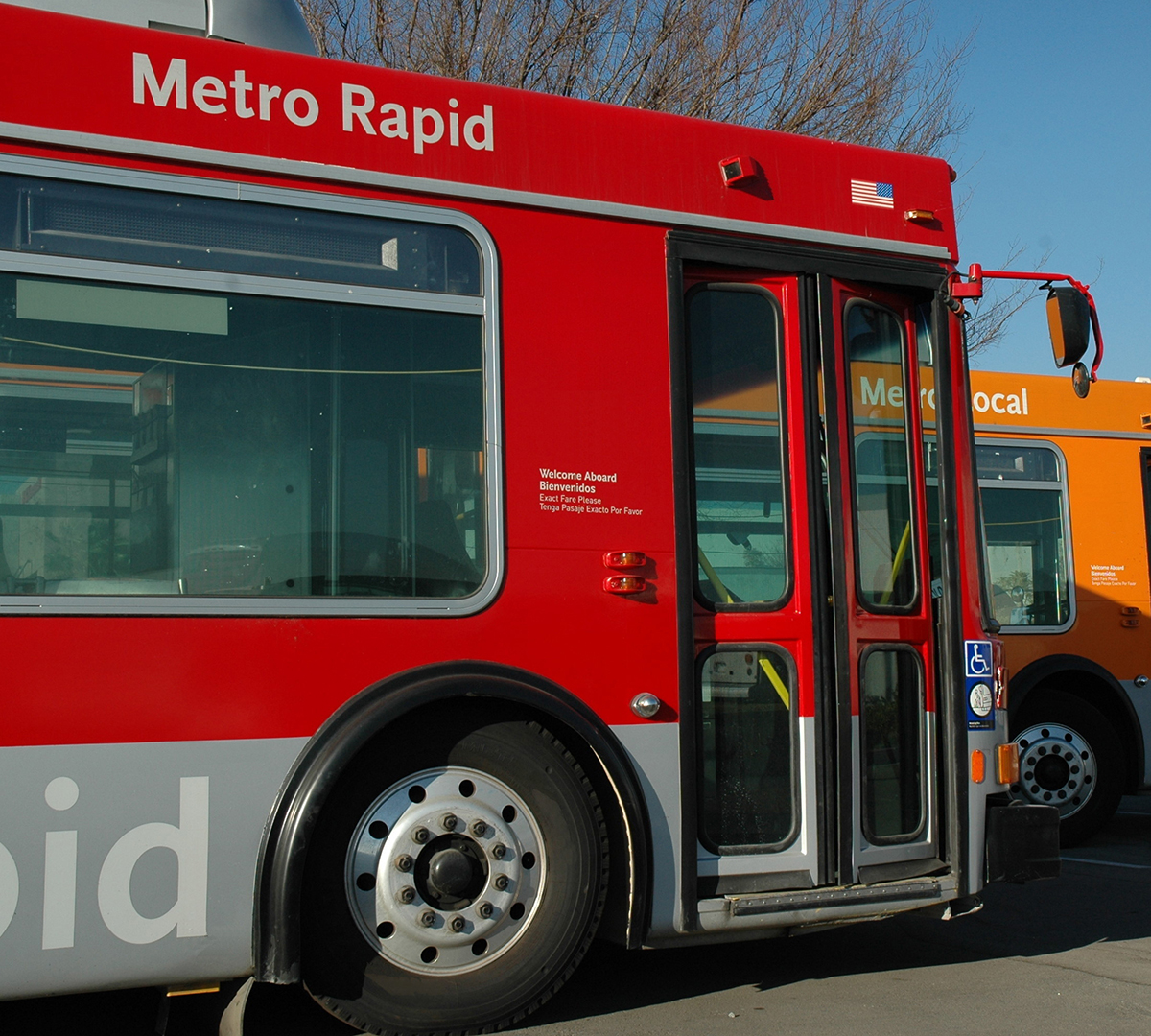
Transit’s failure to recover from the pandemic is due largely to its downtown-centric orientation in most urban areas. Before the pandemic, almost half of all transit commuters in the nation’s 50 largest urban areas worked downtown, and almost half of downtown workers commuted by transit whereas less than 6% of non-downtown workers used transit to get to work. Although less than 10% of urban employees worked downtown, transit didn’t work for most of the other 90%.
Since the pandemic, downtown workers are among those most likely to work at home. A business that depended on user revenues to survive would re-orient itself to serve people who don’t work downtown. But transit gets most of its funds from taxpayers, so the most imaginative response of transit agencies to these numbers is to find new ways to tax people more even though it is accomplishing less.
(As usual, I’ve made an enhanced version (21.1-MB Excel file) of the Federal Transit Administration’s spreadsheet available for download.)
This article was reprinted with permission from The Antiplanner, a blog dedicated to ending government land-use regulation, comprehensive planning and transportation boondoggles.


